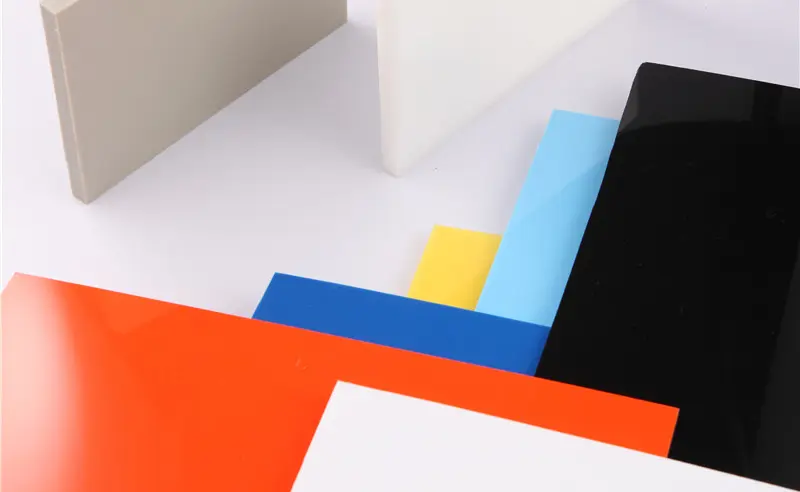okt . 09, 2024 06:47 Back to list
ppr pipe fittings
Understanding PPR Pipe Fittings A Comprehensive Guide
In today’s world of plumbing and construction, choosing the right materials is crucial for ensuring durability, safety, and efficiency in various applications. Among the many options available, Polypropylene Random Copolymer (PPR) pipes and fittings have gained significant popularity due to their unique properties and advantages. This article delves into PPR pipe fittings, highlighting their features, benefits, applications, and installation practices.
What are PPR Pipe Fittings?
PPR pipe fittings are components made from polypropylene random copolymer, a thermoplastic polymer that offers excellent resistance to heat, chemicals, and pressure. These fittings are commonly used to connect, redirect, or terminate piping systems, making them essential for both residential and commercial plumbing applications. Common types of PPR fittings include elbows, tees, couplings, reducers, and valves, each designed to serve distinct purposes within a plumbing system.
Advantages of PPR Pipe Fittings
1. Durability PPR fittings are known for their outstanding longevity. They are resistant to corrosion, scaling, and chemical reactions, which ensures they maintain their integrity even in harsh environments. This durability translates into fewer replacements and repairs over time.
2. Temperature Resistance PPR pipes can withstand high temperatures, making them suitable for hot water applications. They can handle temperatures up to 95°C (203°F) without compromising their structural integrity.
3. Low Temperature Conductivity Unlike metal fittings, PPR fittings do not conduct heat, which helps in preventing thermal loss in hot water systems. This property can lead to energy savings and improved system efficiency.
4. Lightweight and Easy to Handle The lightweight nature of PPR fittings makes them easy to transport and install. This can reduce labor costs and time when working on plumbing projects.
5. Non-Toxic PPR is a safe material for drinking water applications. It does not leach harmful substances into the water supply, making it an environmentally friendly choice.
6. Cost-Effective Over the long term, PPR fittings can be more cost-effective than traditional metal fittings due to their durability and lower maintenance needs. Although the initial investment might be comparable, the overall savings in operational costs are significant.
Applications of PPR Pipe Fittings
ppr pipe fittings

PPR pipe fittings are versatile and have a wide range of applications
. They are commonly used in- Residential plumbing For water supply lines, drainage systems, and HVAC installations. - Industrial plumbing In chemical transportation and industrial processes due to their chemical resistance. - Agricultural systems For irrigation and water supply, as they can efficiently handle diverse conditions. - Central heating systems Utilized for transporting hot water efficiently.
Installation Practices
Proper installation of PPR pipe fittings is crucial for achieving a leak-free and efficient system. Here are some best practices
1. Cutting Pipes Properly Pipe ends should be cut squarely to ensure a good fit with the fittings. This prevents misalignment during installation.
2. Cleaning the Connection Before joining the pipe and fitting, it’s important to clean the surfaces to remove any dirt, dust, or debris, which can affect the quality of the joint.
3. Heat Fusion Technique PPR fittings are typically joined using a heat fusion method. This involves heating both the pipe and fitting until they reach the appropriate temperature, then quickly joining them together to create a strong bond.
4. Allow Sufficient Cooling Time After fusion, the joint must be allowed to cool down naturally. Avoid applying any stress to the fittings during this time to ensure a solid connection.
5. Testing for Leaks Once the installation is complete, it’s crucial to test the system for leaks before putting it into service. This helps ensure that the system will function optimally.
Conclusion
PPR pipe fittings offer a reliable and versatile solution for various plumbing and construction needs. Their durability, temperature resistance, lightweight nature, and non-toxic properties make them an excellent choice for both residential and industrial applications. When considering materials for your next plumbing project, PPR fittings should certainly be on your list. By understanding their benefits and following proper installation practices, you can ensure a long-lasting and efficient piping system.
-
Premium PP Flute Sheets Lightweight, Durable & Transparent Options
NewsMay.17,2025
-
PVC Pipe to Drip Irrigation Kits Durable & Cost-Effective Solutions
NewsMay.17,2025
-
5 Inch PVC Pipe - Durable & Lightweight for Irrigation Systems
NewsMay.16,2025
-
HDPE Water Supply Pipes Durable & Corrosion-Resistant Solutions
NewsMay.16,2025
-
4 Inch PVC Irrigation Pipe Durable & Corrosion-Resistant Multiple Sizes
NewsMay.15,2025
-
Triangle PP Welding Rods - High-Strength PVC, PE & Plastic Solutions
NewsMay.15,2025

